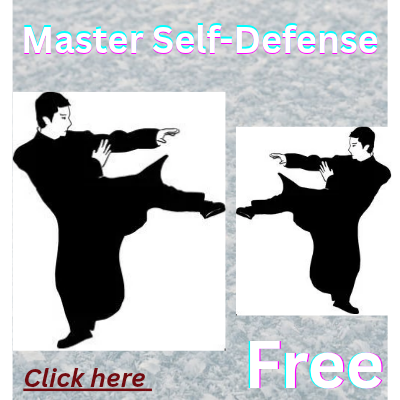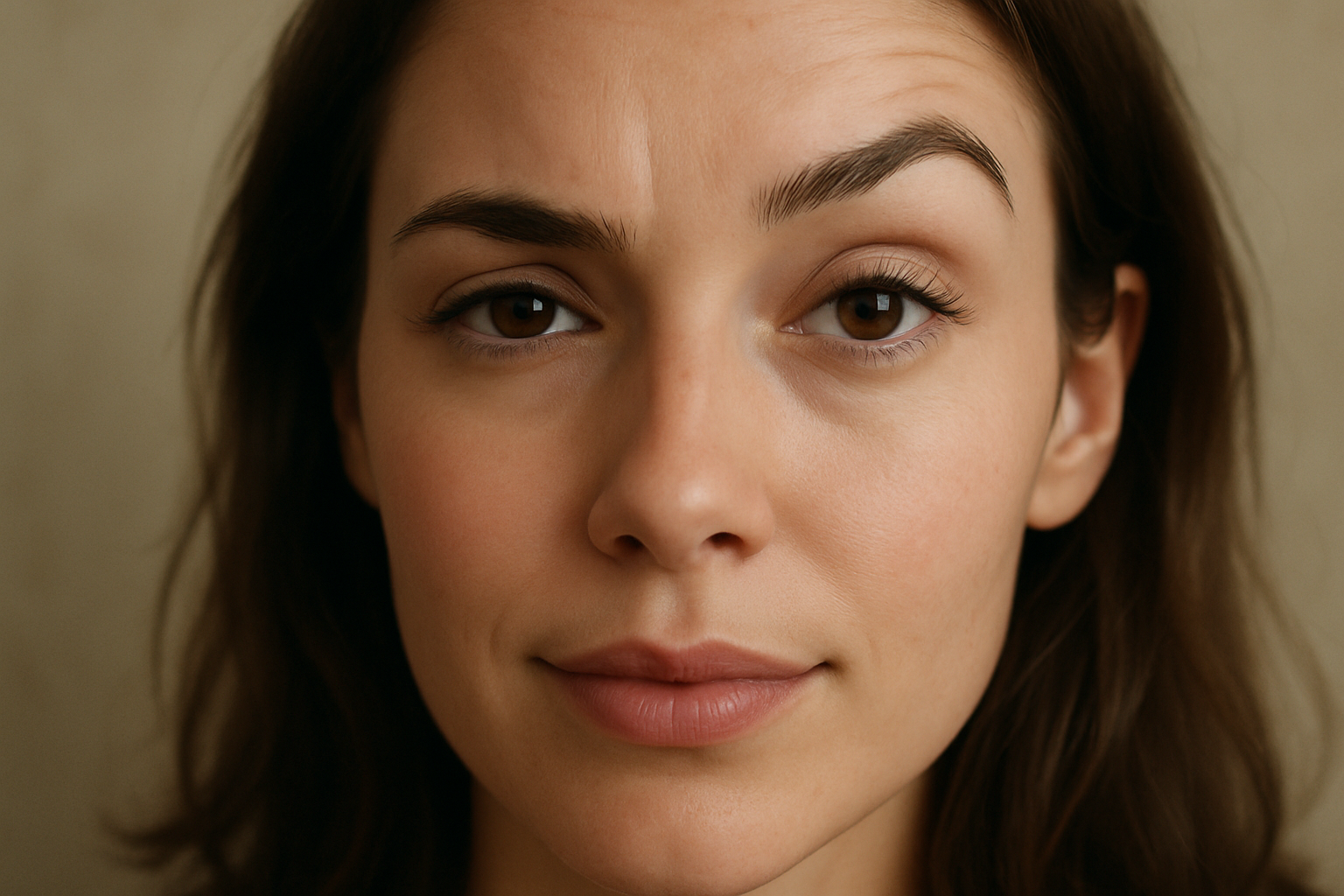Have you ever looked in the mirror and thought your eyes looked a little… sad?
Or maybe tired, even when you’ve had a full night’s sleep?
You might be noticing something called a negative canthal tilt.
It’s a term that’s been buzzing around social media, with all sorts of advice on how to “fix” it.
From facial exercises to something called “eye pulling,” the internet is full of so-called solutions.
But what’s the real story behind it all? Can you actually change your eye shape with exercises? Or is it all just wishful thinking?
I decided to do a deep dive into the world of negative eye shape aesthetics to find out.
I’ve spent hours researching, reading articles, and watching videos to separate the facts from the fiction.
In this post, we’re going to explore what a negative canthal tilt is, why it’s become such a hot topic, and whether those popular exercises are worth your time.
We’ll also look at what the experts have to say and what you can realistically do to feel your best.
So, if you’re curious about the truth behind the trend, you’re in the right place. Let’s get into it.
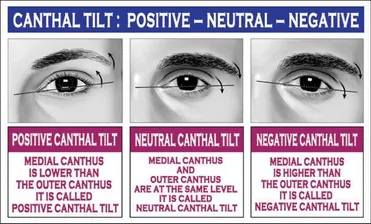
Understanding Your Eye Shape: What is a Canthal Tilt?
First things first, let’s clarify what we’re talking about.
The term “canthal tilt” refers to the angle of the line drawn from the inner corner of your eye (the medial canthus) to the outer corner of your eye (the lateral canthus).
There are three main types of canthal tilt:
Positive Canthal Tilt: The outer corner of your eye is higher than the inner corner.
This is often associated with a more “lifted” or “cat-eye” appearance.
Neutral Canthal Tilt: The inner and outer corners of your eye are at roughly the same level.
Negative Canthal Tilt: The outer corner of your eye is lower than the inner corner.
This can sometimes give the impression of downturned or tired eyes.
It’s important to remember that a negative canthal tilt is a natural anatomical variation.
Just like hair color or height, eye shape varies from person to person. It’s not inherently “bad” or “unattractive.”
However, in recent years, especially with the rise of social media platforms like TikTok, there’s been a growing obsession with certain facial features, including eye shape.
The “fox eye” trend, for example, has popularized the positive canthal tilt, leading some to feel self-conscious about their natural eye shape.
This trend has unfortunately led to a lot of misinformation and unrealistic expectations about what can be achieved through non-surgical means.
It’s crucial to approach this topic with a healthy dose of skepticism and self-acceptance.
Face Yoga: A Gentle Approach to Eye Area Care
Face yoga has gained popularity as a natural way to improve facial muscle tone and reduce the appearance of wrinkles.
For the eye area, these exercises primarily target the orbicularis oculi muscle, which encircles the eye.
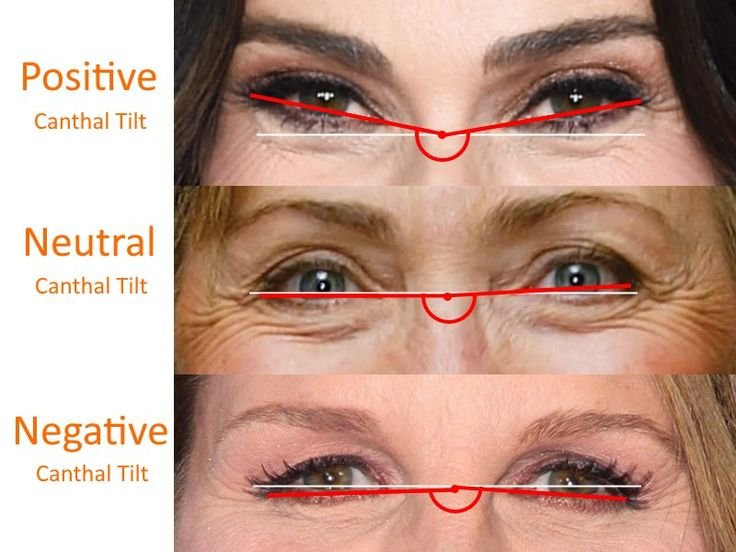
While face yoga proponents suggest these exercises can lift the outer corners of the eyes, it’s important to manage expectations.
There’s no scientific evidence to suggest that face yoga can permanently alter your bone structure or change your canthal tilt.
What it can do, however, is improve muscle tone, boost circulation, and potentially reduce puffiness, which might lead to a subtle, temporary improvement in the overall appearance of your eyes.
Think of it like this: just as exercise can tone your body muscles, face yoga aims to tone your facial muscles.
A toned muscle can appear firmer and more lifted, but it won’t change the underlying skeletal structure.
Here are some common face yoga exercises for the eye area:
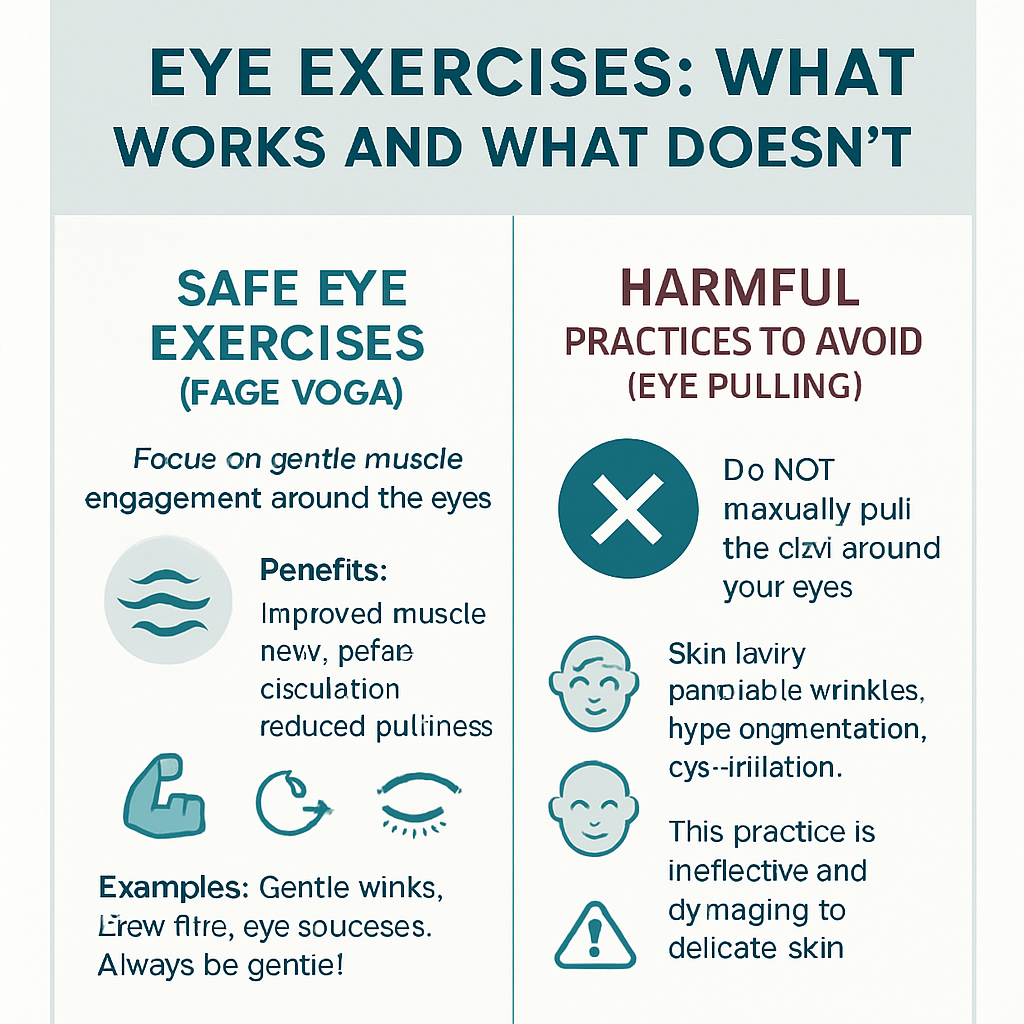
The Gentle Wink: Gently wink one eye, holding the contraction for a few seconds before releasing. Repeat 10-15 times on each side.
This helps to strengthen the muscles around the eye.
Brow Lift: Place your index fingers just above your eyebrows.
Gently push your eyebrows up while simultaneously trying to frown.
Hold for 5 seconds and repeat 10 times. This exercise aims to lift the brow area, which can indirectly affect the appearance of the upper eyelid.
Eye Squeeze: Close your eyes tightly, as if you’re trying to squeeze out every last drop of water.
Hold for 5 seconds, then relax. Repeat 10-15 times.
This helps to engage the entire orbicularis oculi muscle.
Remember to always be gentle with the delicate skin around your eyes. Use a light touch and avoid any harsh pulling or tugging.
Consistency is key with face yoga, but so is patience and realistic expectations.
The Dangers of “Eye Pulling”: A Trend to Avoid
While face yoga focuses on gentle muscle engagement, another trend has emerged, particularly on social media, that is far more concerning: “eye pulling.”
This technique involves manually pulling the skin at the outer corners of the eyes upwards, often with fingers or tape, in an attempt to mimic a positive canthal tilt.
I cannot stress this enough: do not try eye pulling.
This practice is not only ineffective in permanently changing your eye shape, but it can also be incredibly damaging to the delicate skin around your eyes.
Repeated pulling and stretching can lead to:
Skin laxity and premature wrinkles: The skin around the eyes is very thin and fragile.
Constant pulling can break down collagen and elastin, leading to sagging and fine lines.
Hyperpigmentation: Trauma to the skin can cause darkening or discoloration.
Eye irritation and injury: Directly pulling on the eye area can cause irritation, redness, and even damage to the eye itself.
Beauty trends come and go, but your skin is with you for life.
It’s far better to embrace your natural features or explore safe, professionally administered options if you’re truly unhappy with your eye shape.
When Non-Surgical Isn’t Enough: Professional Interventions
If you’re looking for more significant or permanent changes to your eye shape, non-surgical exercises are unlikely to provide the results you desire.
In such cases, consulting with a qualified medical professional, such as an oculoplastic surgeon or a dermatologist, is crucial.
They can discuss various professional interventions, which may include:
Canthoplasty and Canthopexy: These are surgical procedures that involve repositioning or tightening the lateral canthus to achieve a more lifted or almond-shaped eye.
Canthoplasty is a more involved procedure that reconstructs the outer corner of the eye, while canthopexy is less invasive and focuses on tightening the tendon that supports the outer corner.
Thread Lifts: This non-surgical procedure involves inserting dissolvable threads under the skin to lift and tighten the surrounding tissues.
While not permanent, thread lifts can offer a temporary lift to the brow and outer eye area.
Dermal Fillers and Botox: Strategically placed dermal fillers can add volume and subtly lift areas around the eyes, while Botox can relax muscles that pull the brows down, creating a more open appearance.
These are temporary solutions that require regular maintenance.
It’s vital to have realistic expectations and to choose a board-certified professional for any cosmetic procedure.
They can assess your individual anatomy, discuss the potential risks and benefits, and help you determine the most appropriate course of action for your goals.
Embracing Your Unique Beauty: Realistic Expectations and Self-Love
In a world saturated with filtered images and fleeting beauty trends, it’s easy to get caught up in the pursuit of perceived perfection.
The discussion around negative canthal tilt and eye shape aesthetics is a prime example of how social media can amplify insecurities and promote unrealistic ideals.
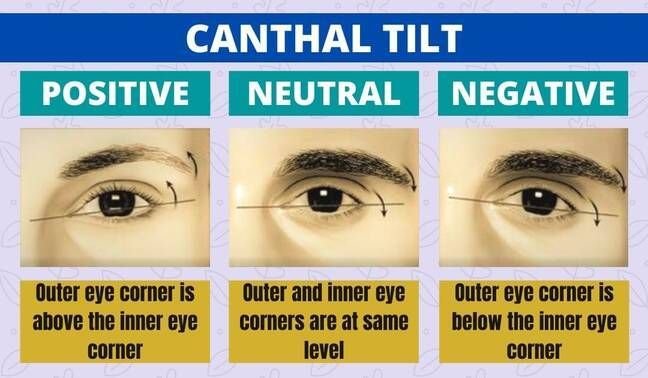
My journey into this topic has reinforced a crucial message: your natural features are beautiful.
A negative canthal tilt is simply an anatomical variation, not a flaw.
While it’s natural to be curious about ways to enhance your appearance, it’s equally important to approach these topics with a critical eye and a strong sense of self-acceptance.
Non-surgical exercises like face yoga might offer subtle improvements in muscle tone and circulation, contributing to a refreshed appearance.
However, they cannot fundamentally change your eye shape.
And dangerous practices like “eye pulling” should be avoided at all costs, as they can cause irreversible damage.
Ultimately, true beauty radiates from within.
Confidence, self-love, and a healthy lifestyle will always be your most powerful assets.
If you are genuinely concerned about your eye appearance, seek advice from qualified medical professionals who can provide safe, evidence-based options and guide you toward realistic outcomes.
Remember, you are unique, and that’s what makes you beautiful.
Embrace your natural self, and let your inner light shine through.
Disclaimer: The information provided in this blog post is for educational purposes only and is not intended as medical advice.
Always consult with a qualified healthcare professional for any health concerns or before making any decisions related to your health or treatment.

